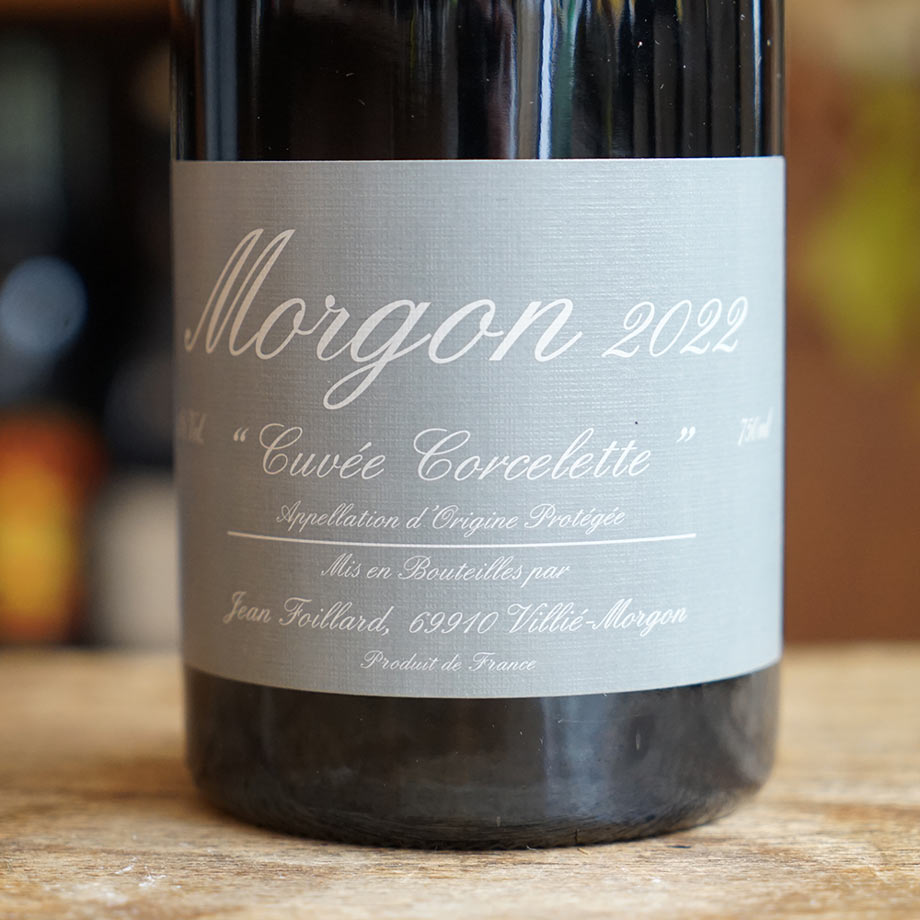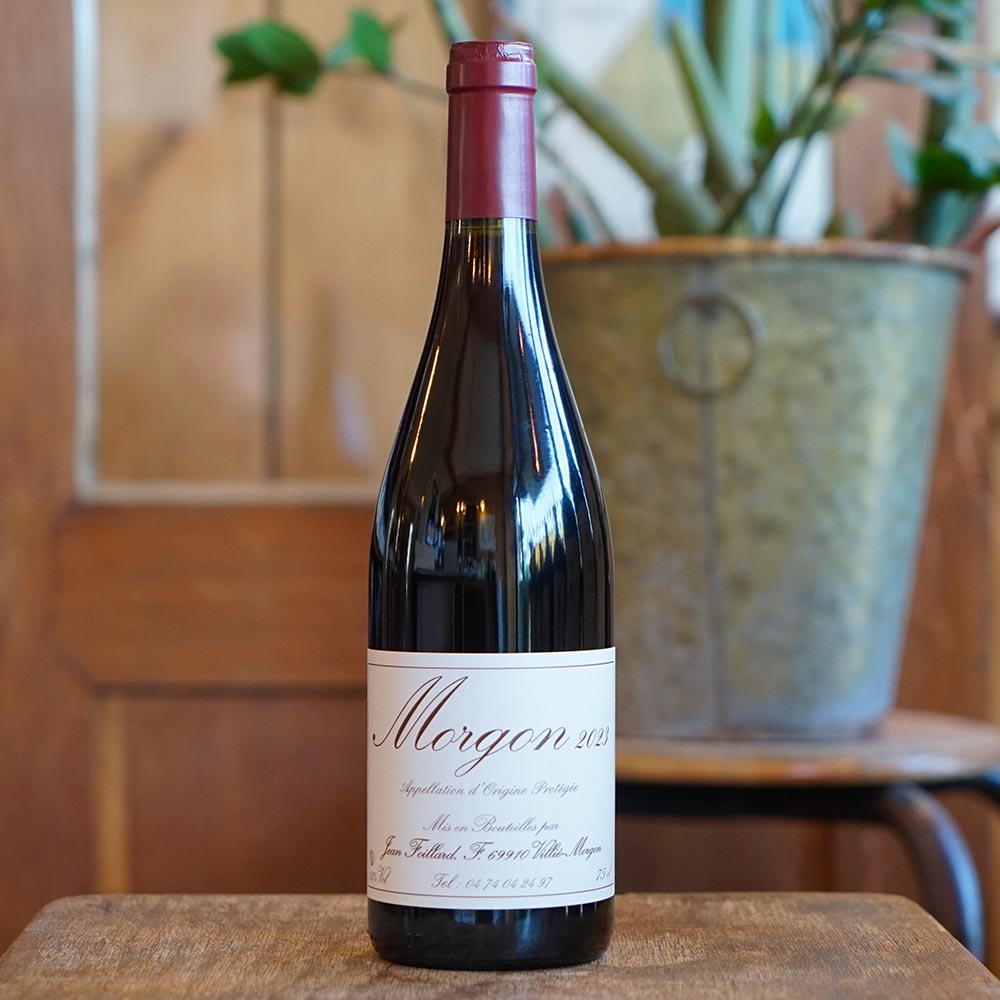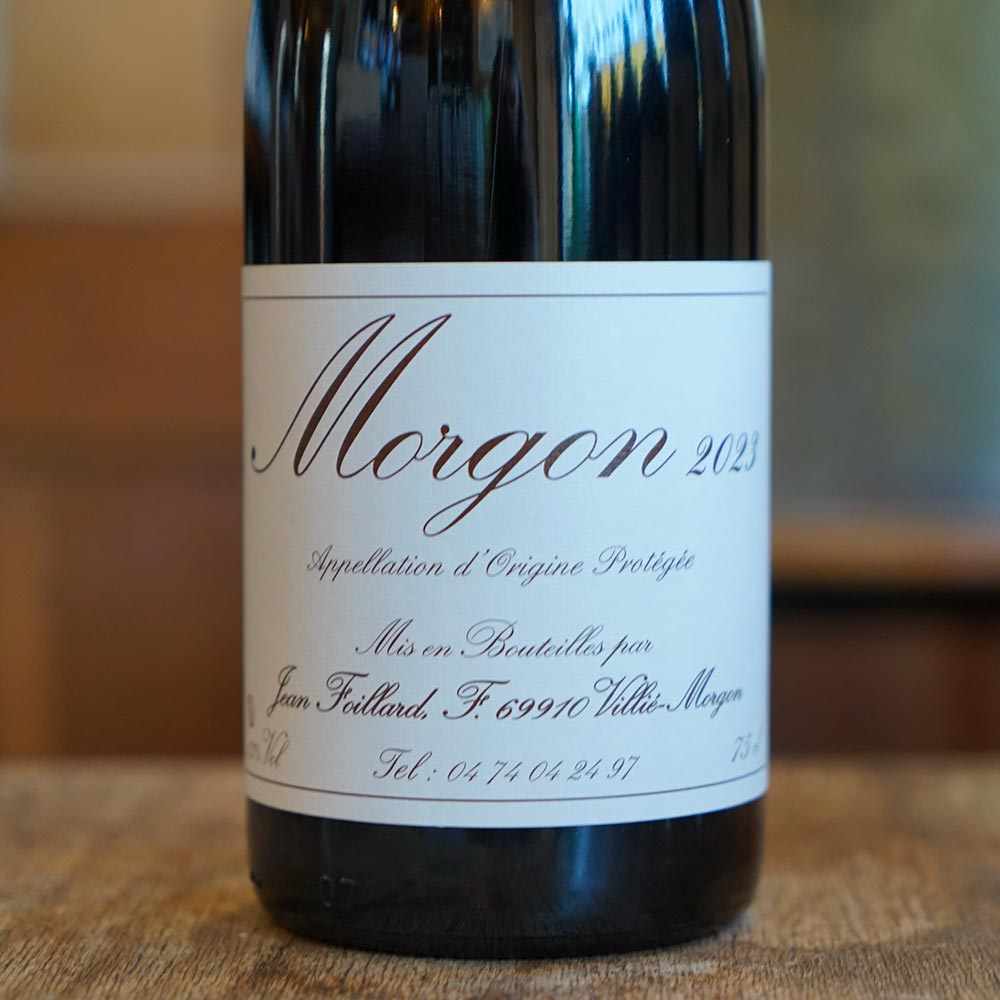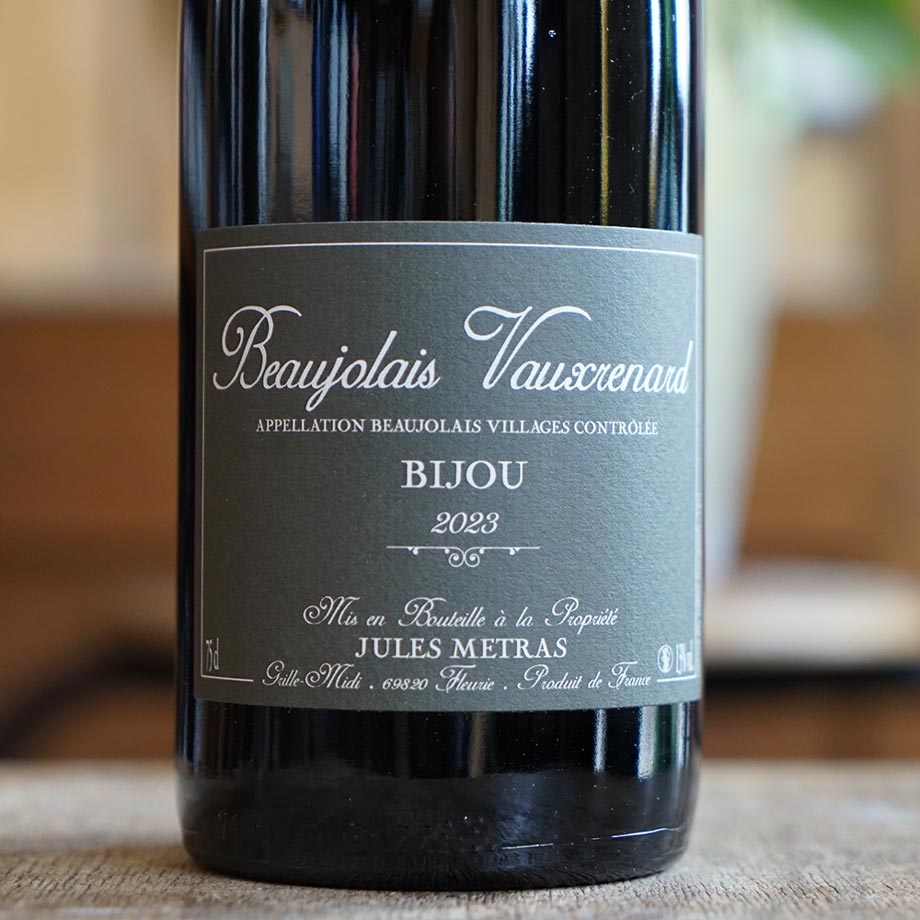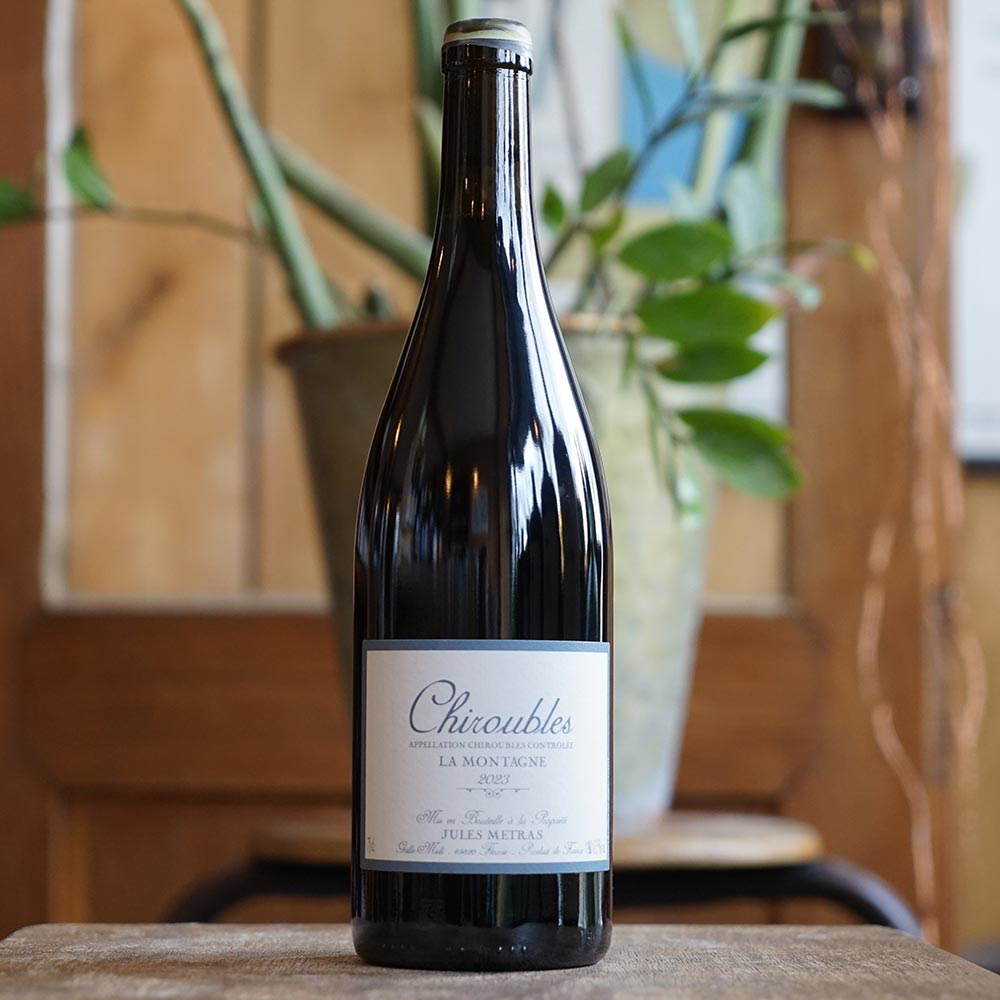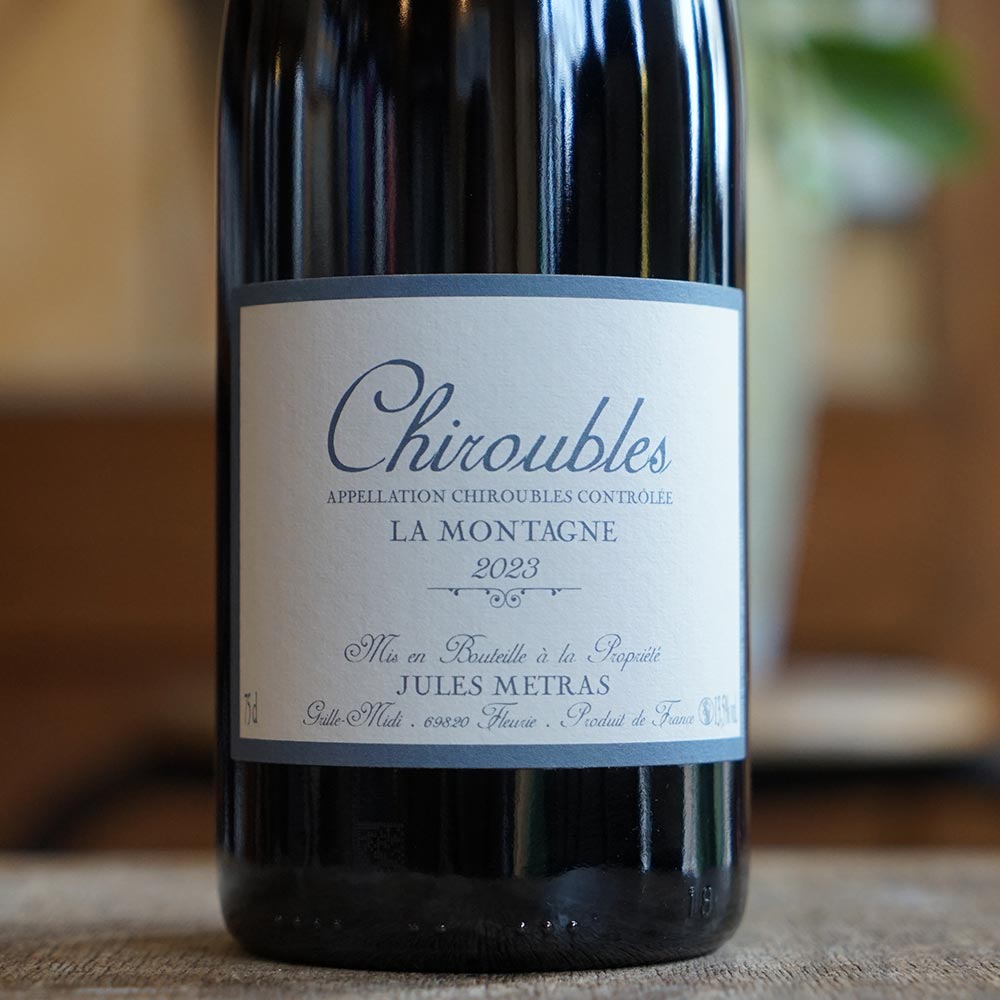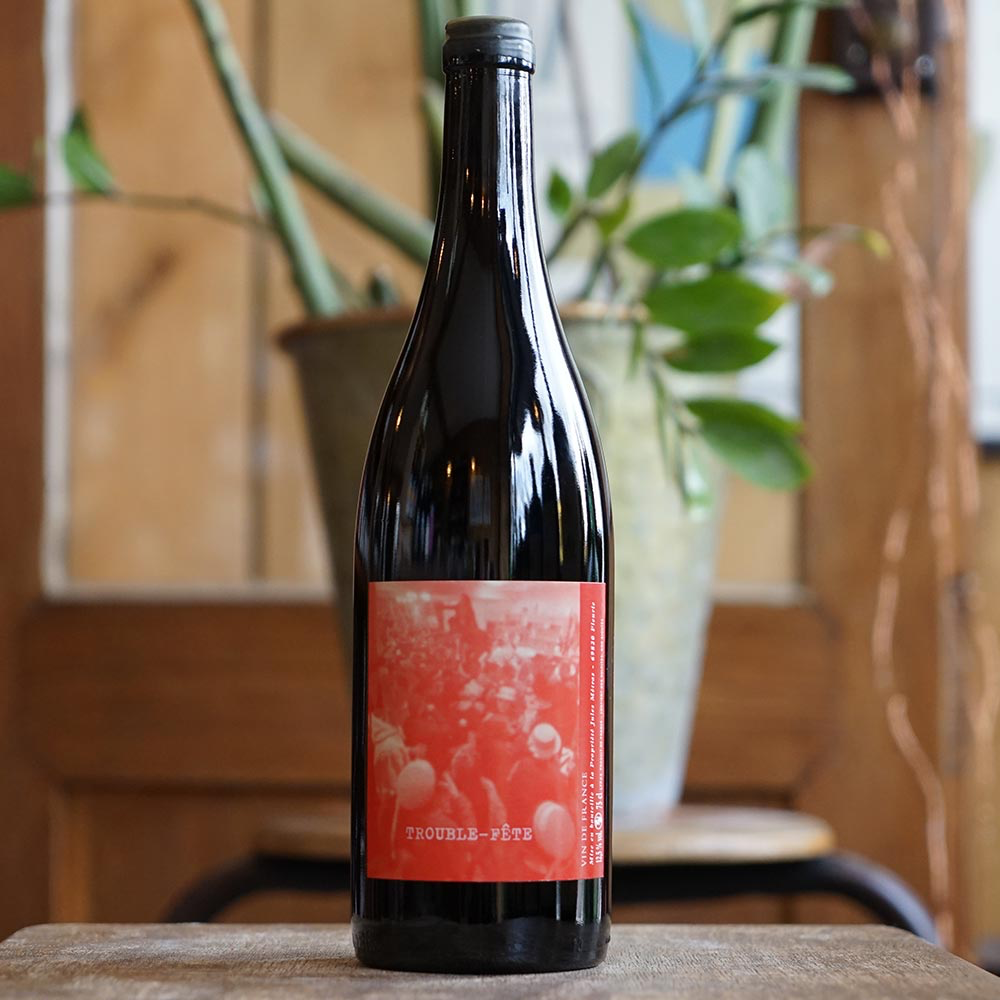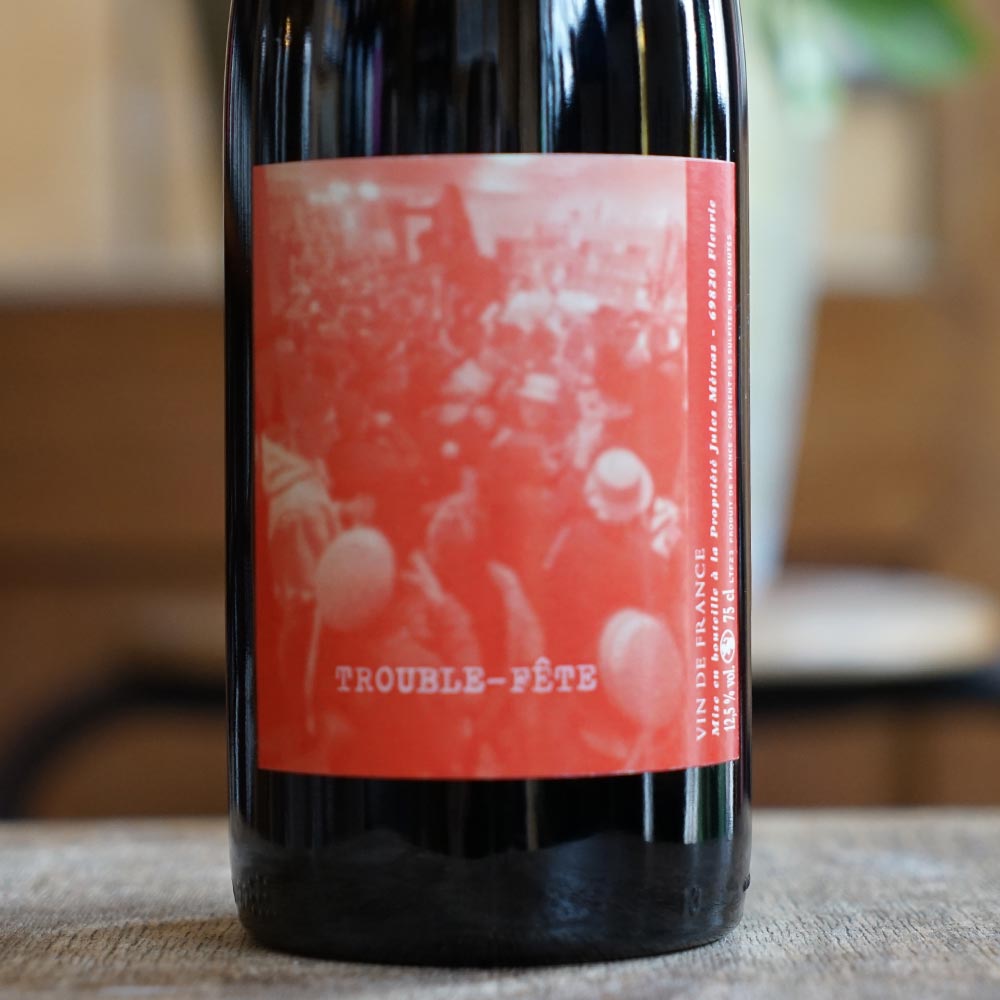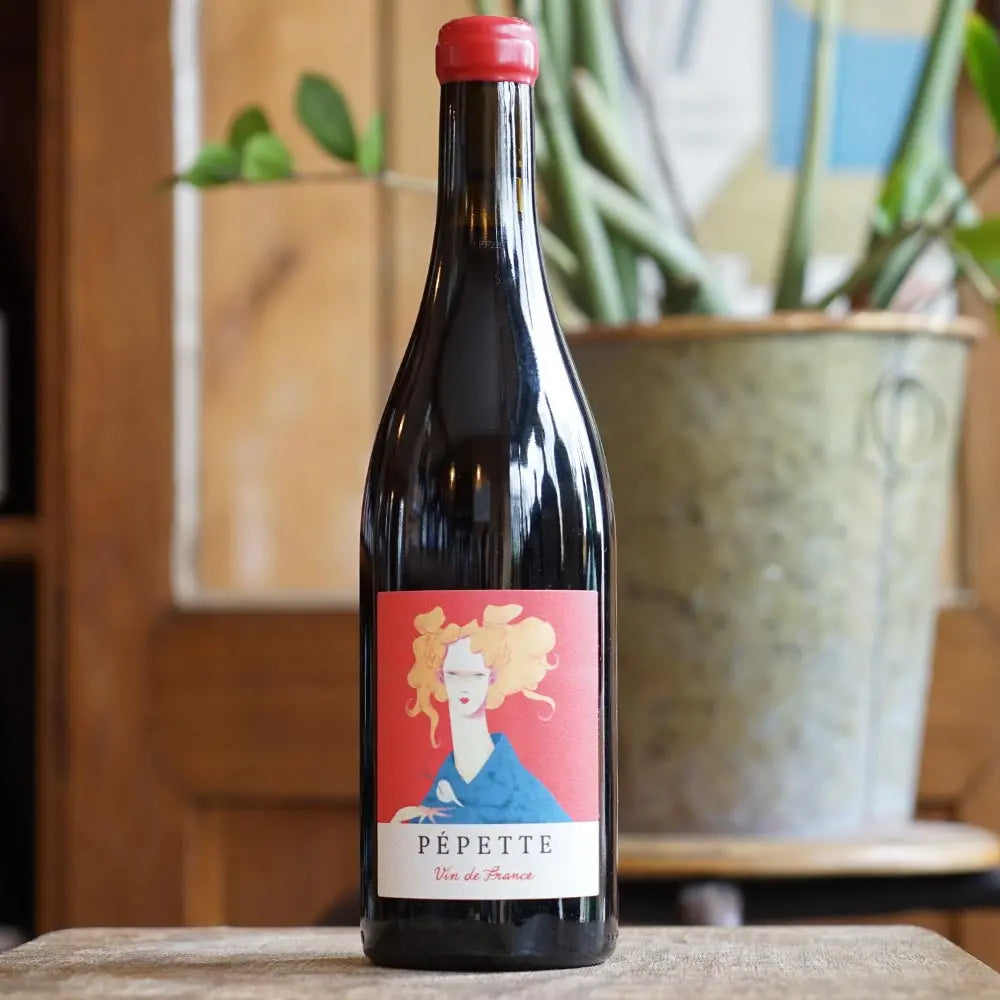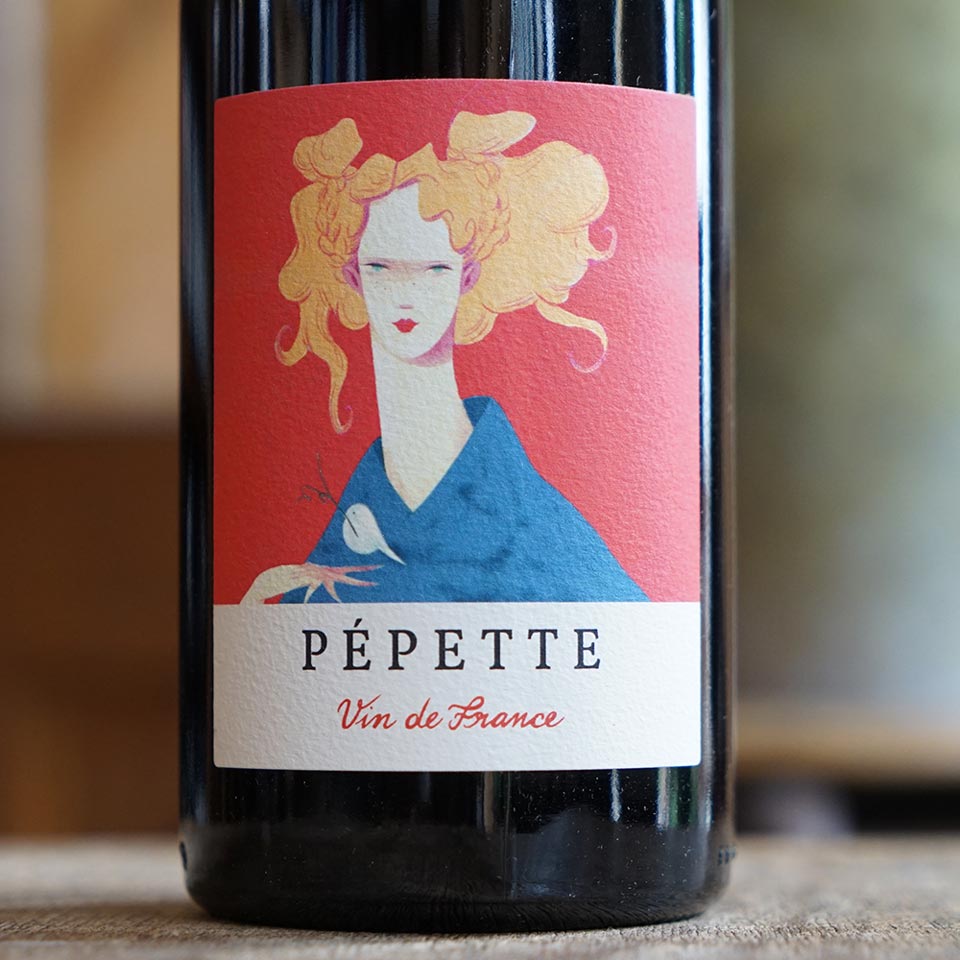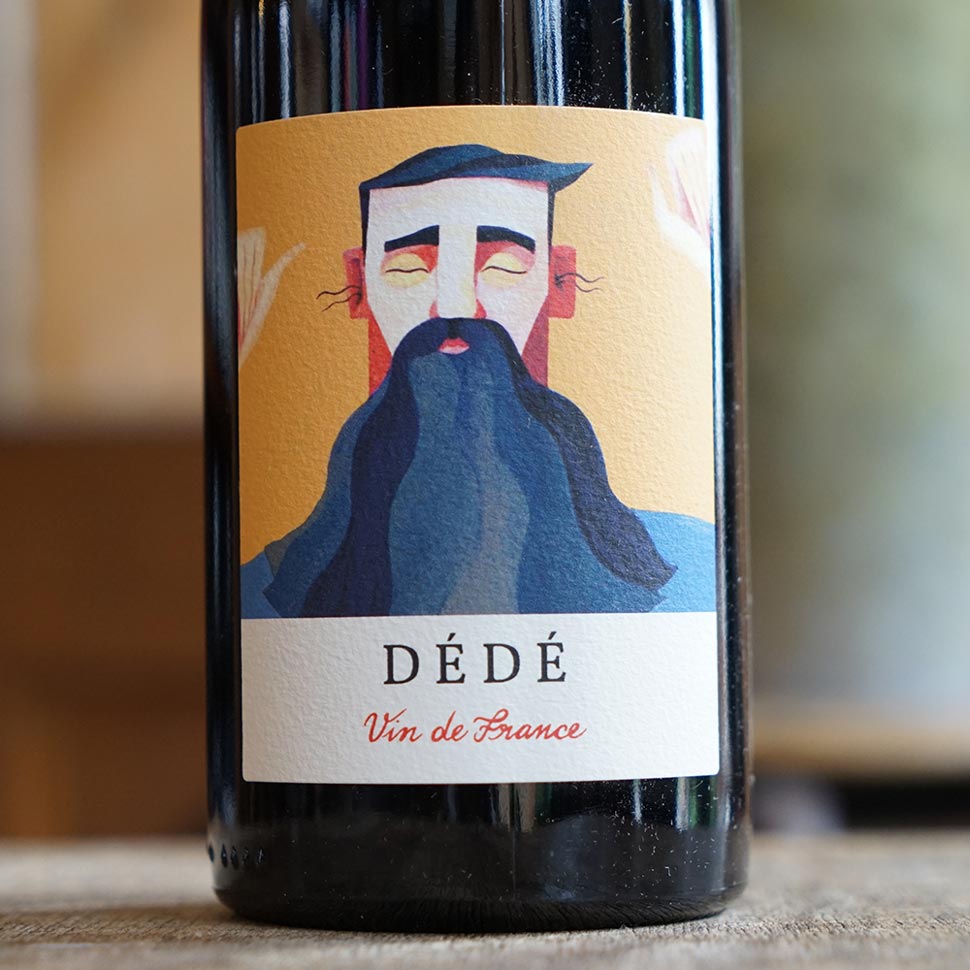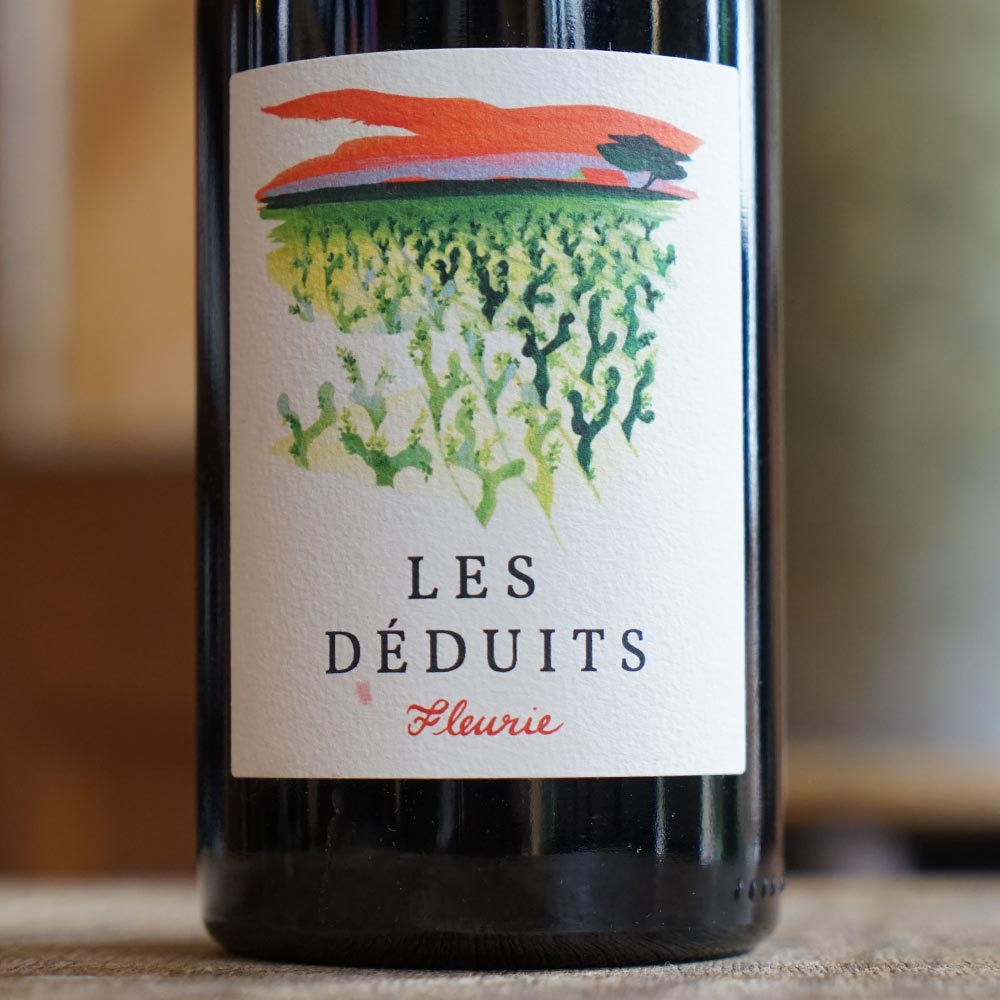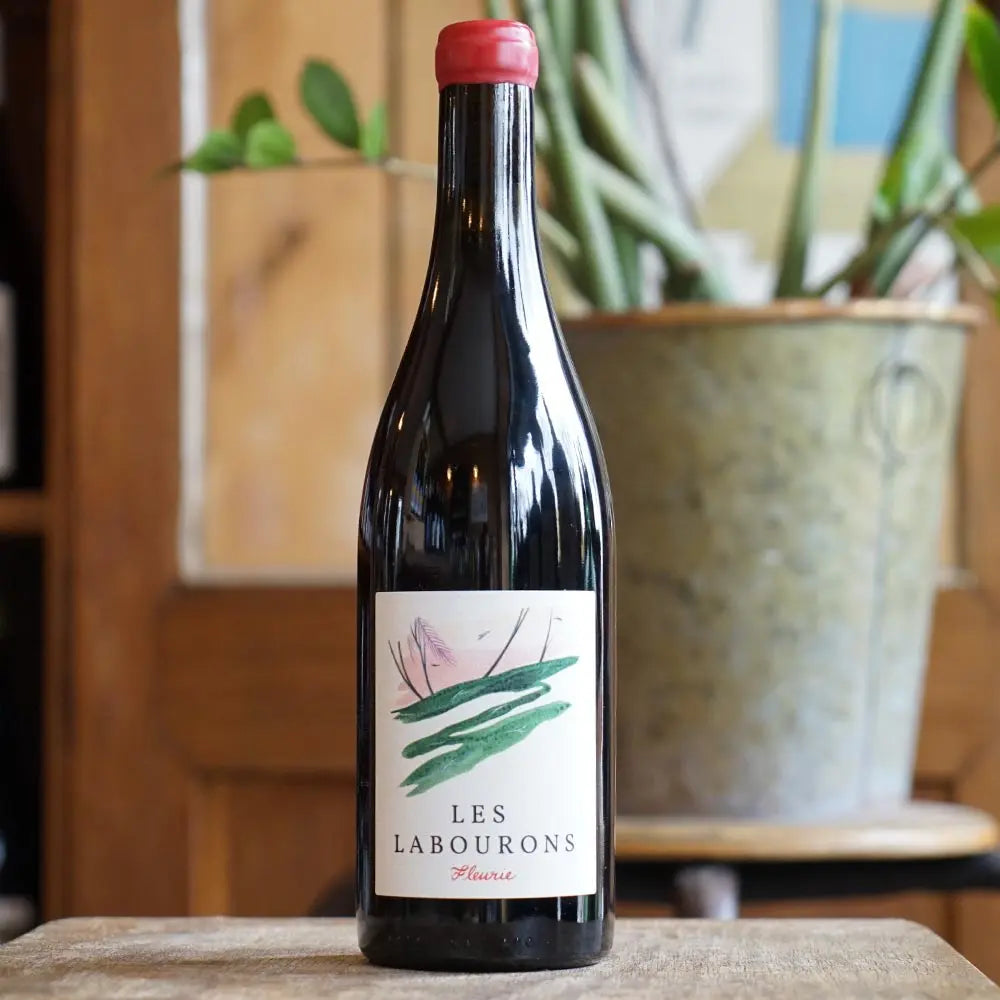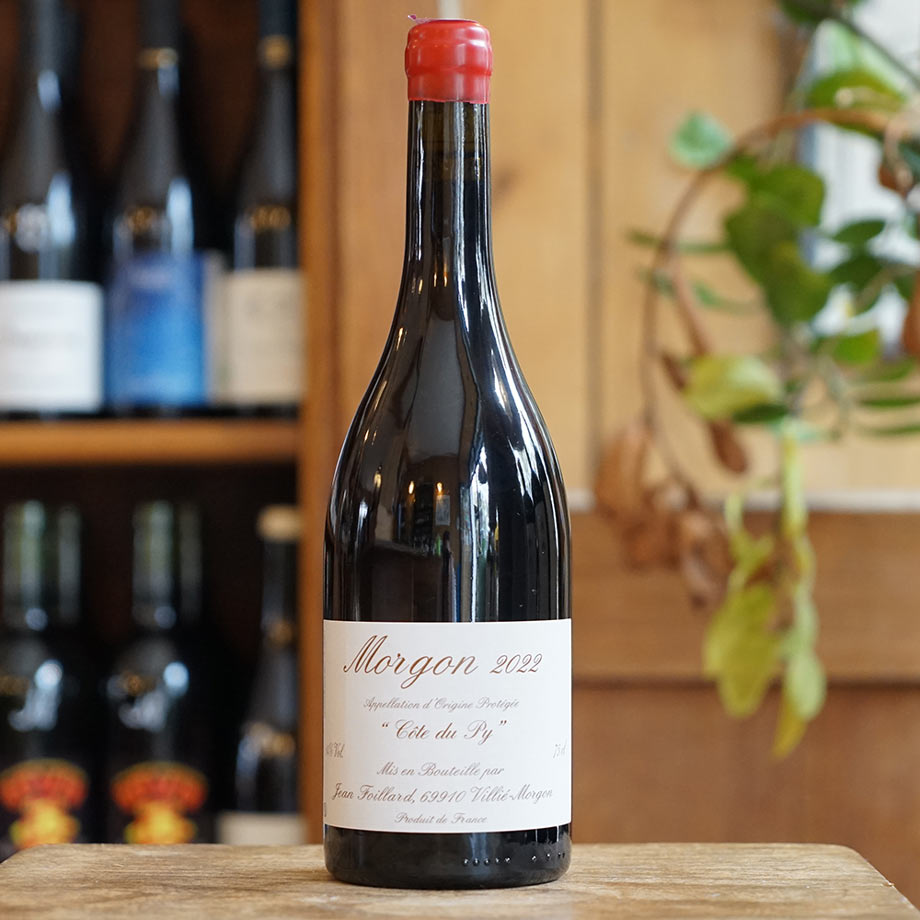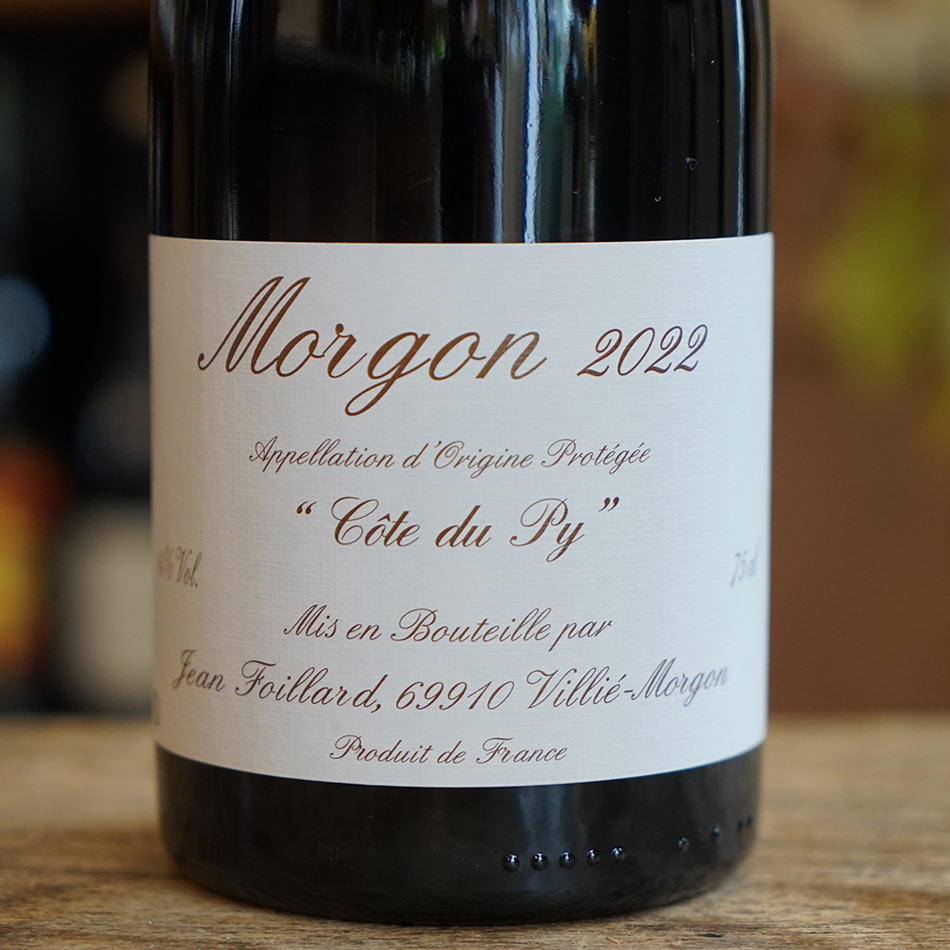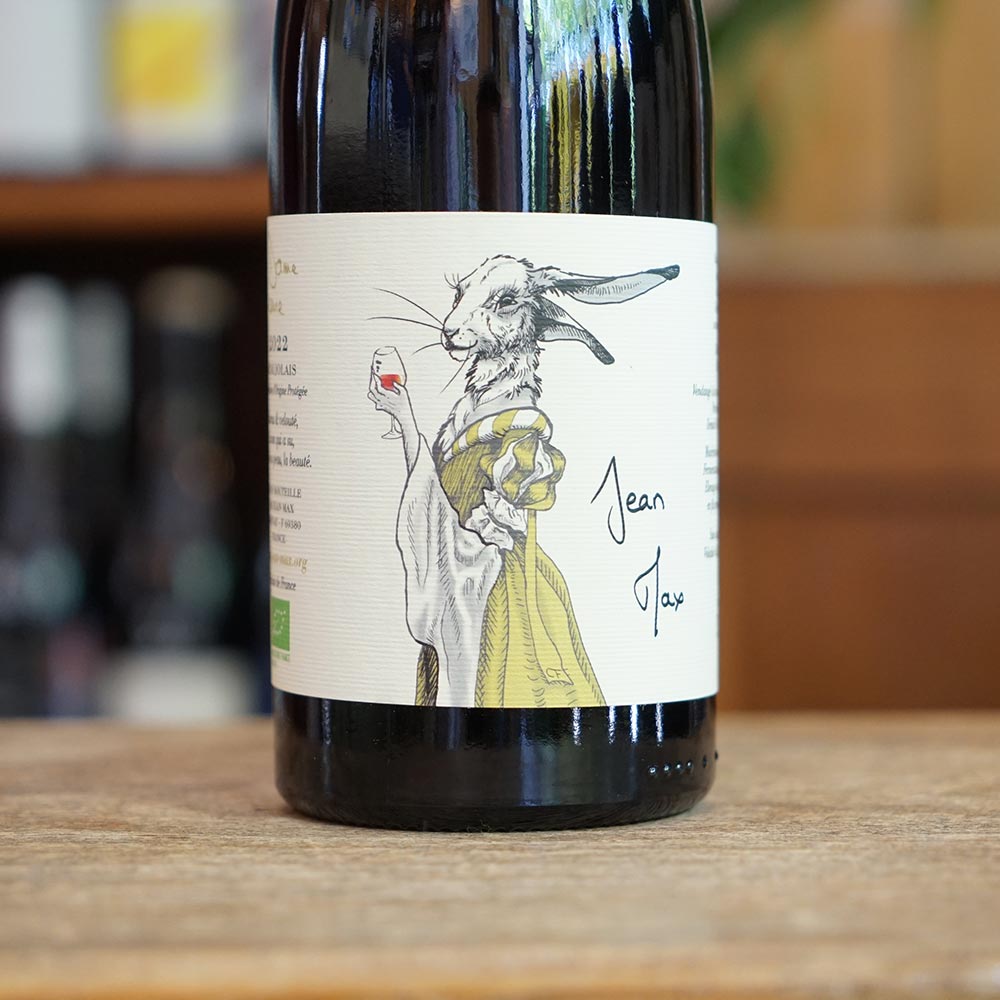Beaujolais
Beaujolais is a vineyard of paradoxes. It is world-famous for its Beaujolais Nouveau, which is always served on the third Thursday in November. Unfortunately, this event has given the region a bad image, one that still clings to its skin, regrettably...
This vineyard is also one of the birthplaces of Vin Naturel Français.
Indeed, the Beaujolais region saw the birth of the first theories on natural winemaking through the studies of Jules Chauvet, a winemaker-oenologist from Villié-Morgon whose work on natural winemaking without sulfur inspired, and continues to inspire, a great generation of natural winemakers. Jules Chauvet also pioneered the use of carbonic maceration, which has now become a benchmark winemaking technique in the region.
The first generation of natures winegrowers who decided to do without sulfur in their wines include Marcel Lapierre, Jean-Claude Chanudet (known as Le Chat), Jean Foillard and Yvon Métras.
Today, it's the turn of a new generation to make its mark in the world of natural wine, and what could be more natural than for the continuation to be taken over, in part, by the children of all these great names mentioned above?
Camille and Mathieu Lapierre, Jules Métras and Alex Foillard are perpetuating the art of farming without pesticides or synthetic chemicals, and above all, the art and love of the much-maligned Gamay grape variety. As do Raphael Saint-Cyr of Domaine Saint-Cyr with his cuvée La Galoche, and Maï Roblin Blazin, who decided to make an infidelity to her native Burgundy to work her parcels in the Juliénas appellation.
Gamay alone accounts for over 98% of the grape varieties grown in this wine-growing region, which stretches over 22,000 hectares along the Saône. 12 appellations and 10 crus represent this vineyard: Brouilly, Côte-de-Brouilly, Chénas, Chiroubles, Fleurie, Juliénas, Moulin à vent, Morgon, Régnié and Saint-Amour.
White wines account for just 2% of the vineyard's total production, mainly from Chardonnay and Viognier. The geology is fairly straightforward, dividing it into two parts: the Pierres Dorées and their predominantly clay-limestone soils to the south, and granitic terroirs to the north. Nicknamed “Vil et Deloyal” by Philippe le Hardy, who ordered its removal from all Burgundy terroirs in 1395, Gamay is the one and only red grape variety authorized in the Beaujolais appellations. As a result, its wines are often easy-drinking, fruity and naturally balanced between acidity, astringency and fresh fruit aromas. But beware, he also knows how to give us more complex wine profiles with great depth, capable of withstanding years of ageing without any difficulty.
To discover a wider selection of natural Beaujolais wines, visit Marée Haute.
This vineyard is also one of the birthplaces of Vin Naturel Français.
Indeed, the Beaujolais region saw the birth of the first theories on natural winemaking through the studies of Jules Chauvet, a winemaker-oenologist from Villié-Morgon whose work on natural winemaking without sulfur inspired, and continues to inspire, a great generation of natural winemakers. Jules Chauvet also pioneered the use of carbonic maceration, which has now become a benchmark winemaking technique in the region.
The first generation of natures winegrowers who decided to do without sulfur in their wines include Marcel Lapierre, Jean-Claude Chanudet (known as Le Chat), Jean Foillard and Yvon Métras.
Today, it's the turn of a new generation to make its mark in the world of natural wine, and what could be more natural than for the continuation to be taken over, in part, by the children of all these great names mentioned above?
Camille and Mathieu Lapierre, Jules Métras and Alex Foillard are perpetuating the art of farming without pesticides or synthetic chemicals, and above all, the art and love of the much-maligned Gamay grape variety. As do Raphael Saint-Cyr of Domaine Saint-Cyr with his cuvée La Galoche, and Maï Roblin Blazin, who decided to make an infidelity to her native Burgundy to work her parcels in the Juliénas appellation.
Gamay alone accounts for over 98% of the grape varieties grown in this wine-growing region, which stretches over 22,000 hectares along the Saône. 12 appellations and 10 crus represent this vineyard: Brouilly, Côte-de-Brouilly, Chénas, Chiroubles, Fleurie, Juliénas, Moulin à vent, Morgon, Régnié and Saint-Amour.
White wines account for just 2% of the vineyard's total production, mainly from Chardonnay and Viognier. The geology is fairly straightforward, dividing it into two parts: the Pierres Dorées and their predominantly clay-limestone soils to the south, and granitic terroirs to the north. Nicknamed “Vil et Deloyal” by Philippe le Hardy, who ordered its removal from all Burgundy terroirs in 1395, Gamay is the one and only red grape variety authorized in the Beaujolais appellations. As a result, its wines are often easy-drinking, fruity and naturally balanced between acidity, astringency and fresh fruit aromas. But beware, he also knows how to give us more complex wine profiles with great depth, capable of withstanding years of ageing without any difficulty.
To discover a wider selection of natural Beaujolais wines, visit Marée Haute.

























